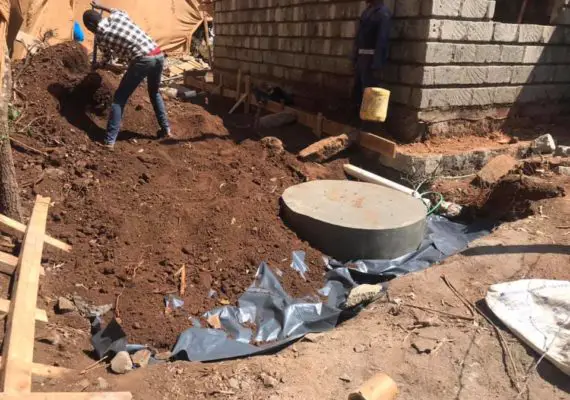What Does A Sump Pump Actually Do?
What Does A Sump Pump Actually Do?
A sump pump is a device that redirects water that collects in the basement of a home. It captures water that enters the basement, and pumps it away from the foundation to prevent flooding and damage.
The pump is typically located in the lowest point of the basement in a sump pit, which is a hole around 2 feet deep and 18 inches wide.
When water enters the sump pit, the pump is activated by a floating activator arm or pressure sensor and begins pumping the water out.
The check valve is an additional feature that prevents water from flowing back into the pump after it has been pumped out.
Why Do You Need A Sump Pump?
A functioning sump pump can save you time, energy, and money by protecting your home’s foundation, basement walls, appliances, and preventing water damage, mold, mildew, insect invasions and maintaining low humidity levels in your basement.
How Does A Sump Pump Prevent Basement Flooding?
A sump pump is installed in a pit at the lowest point of the basement floor to remove excess water and protect your home and foundation.
It works by collecting groundwater from the basement floor through weeping tiles and channeling it into a basin.
When the water level in the basin reaches a certain point, the sump pump activates and uses an impeller to pump the water out of the basin and into a discharge pipe that leads outside the house and into a storm drain. This helps prevent basement flooding.
What Are The Negatives Of A Sump Pump?
The downsides of sump pumps include the need for a backup power source during outages to prevent flooding and damage to the pump, the unsightly appearance of the exposed pit and pump, and the potential for radon gas leaks into the home through the hole in the concrete floor.
To address these issues, it’s important to have a battery backup or water-powered system, consider ways to conceal the pump, and regularly test for radon gas in the home.
When Should You Replace Your Sump Pump?
To know when to replace a sump pump, be on the lookout for warning signs such as continuous operation without shutting off, flooding in your home, and a grinding noise from the motor, which indicates bearing issues.
Regularly inspecting the sump pump during and after heavy rain can prevent costly repairs and cleanup by identifying problems early.
Where Do Sump Pumps Drain To?
The water from your sump pump should be directed to a specific location, such as a dry well, pond or creek, or a nearby drain.
Avoid directing the water towards your home. It is recommended to place the pump at least 10 to 20 feet away from the house foundation.
It is important to check with your local government as some cities have regulations on where sump pumps can discharge.
Additionally, you might need to use an extended drainage hose and choose a pump with higher horsepower to ensure proper discharge.
What Are The Types Of Sump Pumps?
There are four main types of sump pumps: submersible, pedestal, battery-powered backup, and water-powered backup.
Submersible pumps contain the motor and pump in one unit, sit submerged in the basin, and are generally quieter and take up less space.
Pedestal pumps, on the other hand, have a separate motor and pump, with the motor sitting above the basin, which can make them louder and take up more space, but they tend to last longer.
Battery-powered backup pumps provide extra protection during power outages, while water-powered backups use increased water pressure to clear the basin, but can raise water bills.
![Advantages of Biodigester + How Biodigester Works [A Simple Guide]](https://www.hpdconsult.com/wp-content/uploads/2019/06/maxresdefault-1-570x400.jpg)

